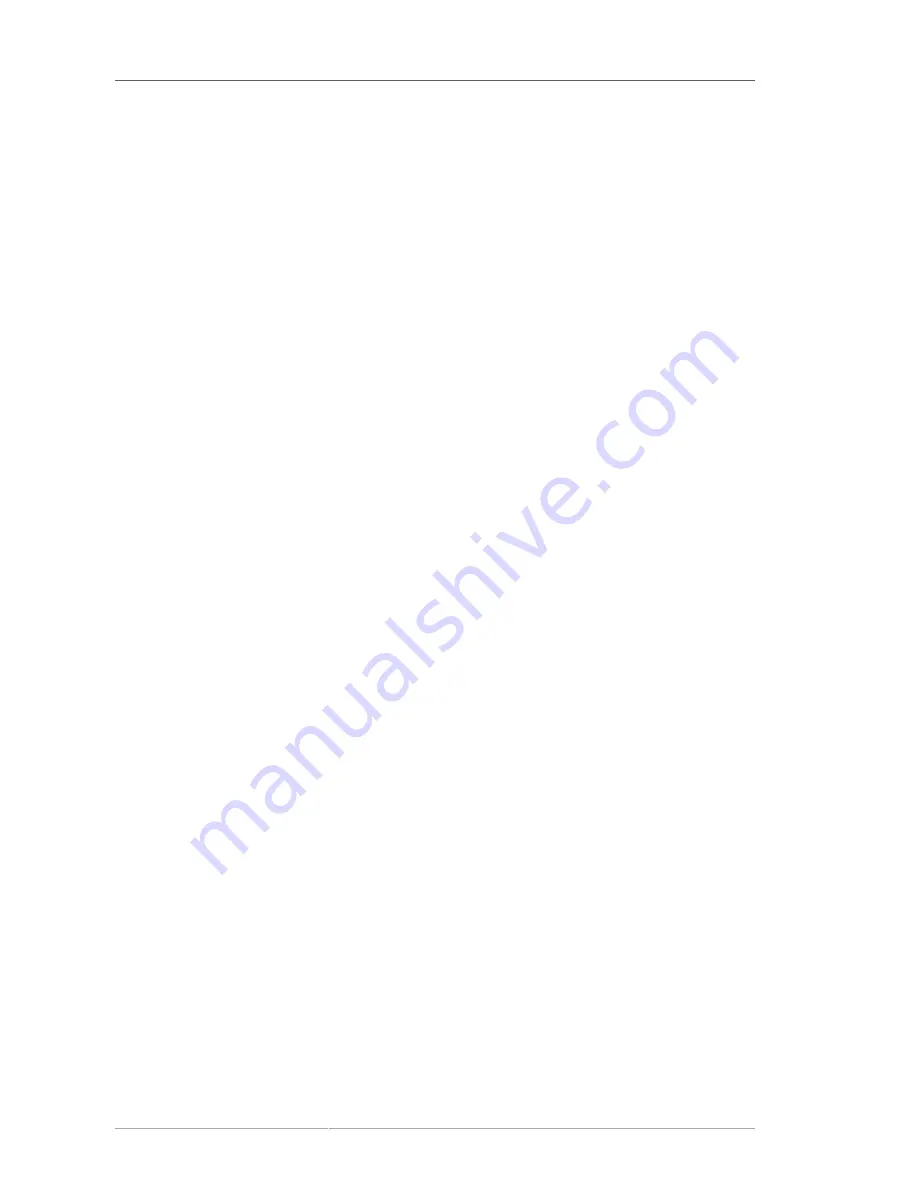
Chapter 4. Installing on Intel
®
and AMD Systems
18
Here is a list of the most important widgets shown in
Figure 4.1, “Installation Program Widgets as seen
in
Boot Loader Configuration
”
and
Figure 4.2, “Installation Program Widgets as seen in
Disk Druid
”
:
• Window — Windows (usually referred to as
dialogs
in this manual) appear on your screen
throughout the installation process. At times, one window may overlay another; in these cases,
you can only interact with the window on top. When you are finished in that window, it disappears,
allowing you to continue working in the window underneath.
• Checkbox — Checkboxes allow you to select or deselect a feature. The box displays either an
asterisk (selected) or a space (unselected). When the cursor is within a checkbox, press
Space
to
select or deselect a feature.
• Text Input — Text input lines are regions where you can enter information required by the installation
program. When the cursor rests on a text input line, you may enter and/or edit information on that
line.
• Text Widget — Text widgets are regions of the screen for the display of text. At times, text widgets
may also contain other widgets, such as checkboxes. If a text widget contains more information than
can be displayed in the space reserved for it, a scroll bar appears; if you position the cursor within
the text widget, you can then use the
Up
and
Down
arrow keys to scroll through all the information
available. Your current position is shown on the scroll bar by a
#
character, which moves up and
down the scroll bar as you scroll.
• Scroll Bar — Scroll bars appear on the side or bottom of a window to control which part of a list or
document is currently in the window's frame. The scroll bar makes it easy to move to any part of a
file.
• Button Widget — Button widgets are the primary method of interacting with the installation program.
You progress through the windows of the installation program by navigating these buttons, using the
Tab
and
Enter
keys. Buttons can be selected when they are highlighted.
• Cursor — Although not a widget, the cursor is used to select (and interact with) a particular widget.
As the cursor is moved from widget to widget, it may cause the widget to change color, or the cursor
itself may only appear positioned in or next to the widget.
4.3.1. Using the Keyboard to Navigate
Navigation through the installation dialogs is performed through a simple set of keystrokes. To move
the cursor, use the
Left
,
Right
,
Up
, and
Down
arrow keys. Use
Tab
, and
Shift
-
Tab
to cycle
forward or backward through each widget on the screen. Along the bottom, most screens display a
summary of available cursor positioning keys.
To "press" a button, position the cursor over the button (using
Tab
, for example) and press
Space
or
Enter
. To select an item from a list of items, move the cursor to the item you wish to select and
press
Enter
. To select an item with a checkbox, move the cursor to the checkbox and press
Space
to
select an item. To deselect, press
Space
a second time.
Pressing
F12
accepts the current values and proceeds to the next dialog; it is equivalent to pressing
the
OK
button.
Содержание ENTERPRISE LINUX 5 - VIRTUAL SERVER ADMINISTRATION
Страница 12: ...xii ...
Страница 20: ......
Страница 30: ...12 ...
Страница 32: ...14 ...
Страница 82: ...64 ...
Страница 106: ...88 ...
Страница 122: ...104 ...
Страница 124: ...106 ...
Страница 126: ......
Страница 132: ...114 ...
Страница 168: ...150 ...
Страница 182: ...164 ...
Страница 192: ...174 ...
Страница 194: ......
Страница 236: ...218 ...
Страница 238: ...220 ...
Страница 270: ......
Страница 274: ...256 ...
Страница 278: ...260 ...
Страница 292: ...274 ...
Страница 294: ......
Страница 300: ...282 ...
Страница 304: ......
Страница 316: ...298 ...
Страница 357: ...Creating Partitions 339 Figure 32 7 Creating a Software RAID Device 4 Click OK to add the device to the list ...
Страница 370: ...352 ...
Страница 384: ...366 ...
Страница 385: ...Part VII Appendix ...
Страница 386: ......






























